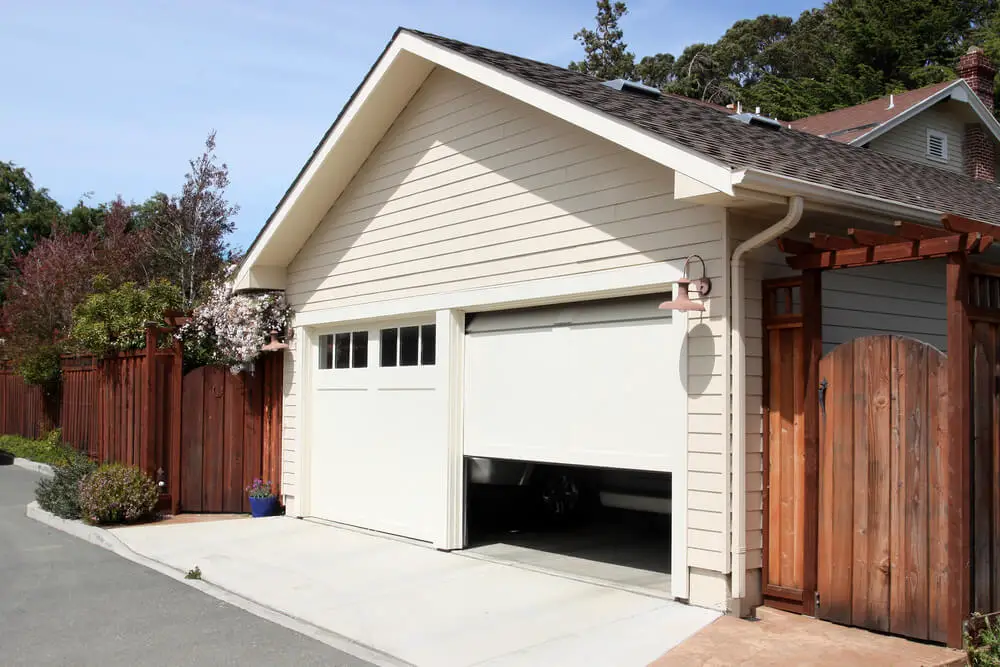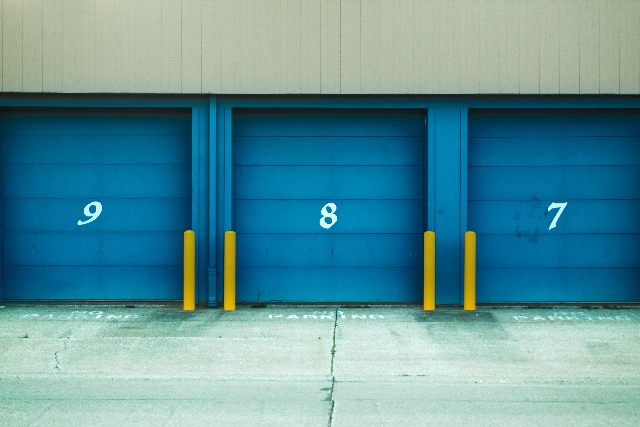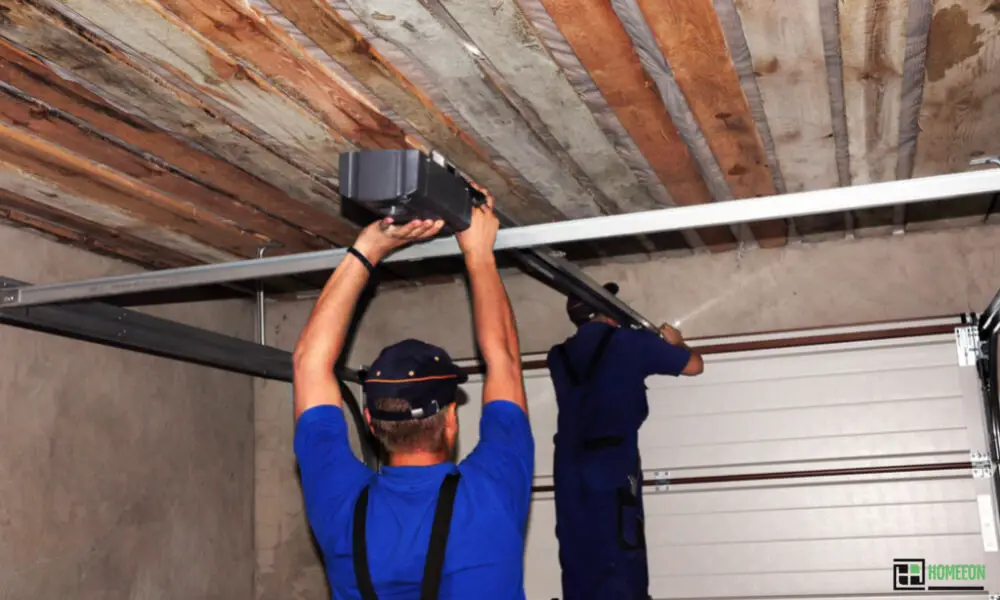Last Updated on July 16, 2023 By Emma W. Thomas
Whether you have a lift master, chamberlain, or any other garage door brand, you will need to disengage the opener to close it manually. Pull the red emergency pull string at the center of the door until you hear some sound. Once the opener disengages, reach out and grab handles and pull them to close the garage door manually.
How Do I Close My Garage Door Manually?
Automatic garage doors open and close just by the push of a button. The door might get faulty and stop working usually. When this happens, you have to override the automatic features installed in the door to close it and fix it later.
The parts on a garage door may be in different positions depending on the brand, but their functions are similar.
To manually close a garage door, follow the following steps:
- Find an emergency pull string located on the trolley and pull it.
- The trolley is mounted at the center of a garage door, and it has a string hanging from it. This string engages or disengages the opener from the chain or belt that pulls the garage door close or open.
- Once the opener and the garage door are no longer one, you can manually operate the garage door.
- Reach out and grab the handles on the garage door and pull it down slowly until it is fully closed.
- If the door does not move, this means you did not disengage from the trolley. Pull the red rope again until you can feel the trolley disengage from the door.
- Once you have done all that, you need to lock the door.
Garage doors have a locking mechanism on the inside. When the door is shut, you will see a lever in the middle of the door. Directly below the lever, there is a latch on the garage floor. The lever and the latch interlock and close the door. You can open the door from the inside with a key. If you don’t have the key, please get in touch with the manufacturing company.

How To Diagnose A Garage Door That Will Not Close
When your garage door is not closing, it can be due to various reasons. Some of these reasons are highlighted below with their quick fixes.
1. Garage Door Sensors
When your garage door sensors are not aligned, the door will not close. Sensors are installed to detect if something obstructs the garage door’s path. They also help prevent the garage door from closing when your car is not completely out of the garage.
To fix the issue:
- Realigning the sensors.
- Replace broken sensors.
- Removing any object obstructing the garage door or the sensor’s path
- Cleaning the sensor’s lenses.
- Drying out moisture around the sensors and the garage door
2. Garage Door Rails And Rollers
After checking on the garage door sensors, and you are sure they are not the problem, check if the issue is with the rollers and the rails.
Obstructed, bent, or broken rails can hold the door back from fully opening. Inspect the two tracks and ensure that nothing is blocking the rails and the rollers.
If there is a damaged section on the rails, you can bend it back into position using a hammer. During this process, you can check on the condition of the rollers and the rails and lubricate them for better movement.
3. Limit Screw Adjustment
All garage doors have a limit screw that guides how far they should open or close. When your door closes up to a certain point and stops without retracting to a fully open position, this could be due to the limited screws.
Readjust the limit screw to align it properly. The limit screw is found inside your garage door opener. Accessing the garage door opener requires a ladder. Lift the cover on the opener to unveil the limit screws. There are two screws, one for up and the other for down.
Using a flat screwdriver, turn the “down” limit screw in tiny increments as you look at how your garage door reacts. If the gate touches the garage floor and does not immediately start opening, you have adjusted the limit screw.
4. Disconnected Trolley
A trolley is a mechanism that connects the garage door to the opener. The trolley has a rope hanging from it that engages or disengages the chain or belt that pulls the garage door open or closed. The garage door is in “manual” mode when it is detached.
The trolley has different modes. In bypass mode, the trolley disengages the opener and the chain that operates the door. After disengagement, the garage door will move freely, and it will not follow the remote or the wall console commands.
To reengage the trolley, pull the hanging red rope toward the garage door; this takes the trolley latch out of bypass mode and is ready to connect with the chain or belt. After that, you can activate the garage door to either open or close, and the trolley will automatically latch on the chain or belt and work properly.
5. Manually Closing The Garage Door
If all the listed measures have not worked to fix your garage door, you can manually close the garage door as you wait for a professional to come and fix the issue.
To do this, pull the rope on the trolley and disengage the garage door opener. Once the garage door is no longer connected to the opener, you can manually pull the door down and close it.

N/B: For the exact position of different garage door parts, read your garage door manual and follow the steps highlighted above to close the door manually.
Final Thought
Closing a garage door manually is a simple task. The different brands in the market may have the parts placed differently, but they use the same mechanism to open and close. However, the steps to override the automatic features highlighted above apply to lift masters, chamberlain, and other brands.
References:
https://www.thisoldhouse.com/garages/22225015/fix-a-garage-door-that-wont-close
https://www.bobvila.com/articles/garage-door-wont-close/
Emma is a graduate of Domestic Science or Family and Consumer Sciences (Home Economics) from the University of Wisconsin. She has 7 years of experience Working with the strategic section of BestBuy and now writing full-time for Homeeon.
From Managing the Home, Interiors, Cleaning, and Exteriors to Gardening and everything about Making A Home Liveable – is her passion and this Homeeon is the result of this.
Emma loves decorating her home with the best stuff found online. She cares about quality over anything and writes reviews about them here in Homeeon. Get in touch with her over Pinterest.
Keep reading her blogs.

